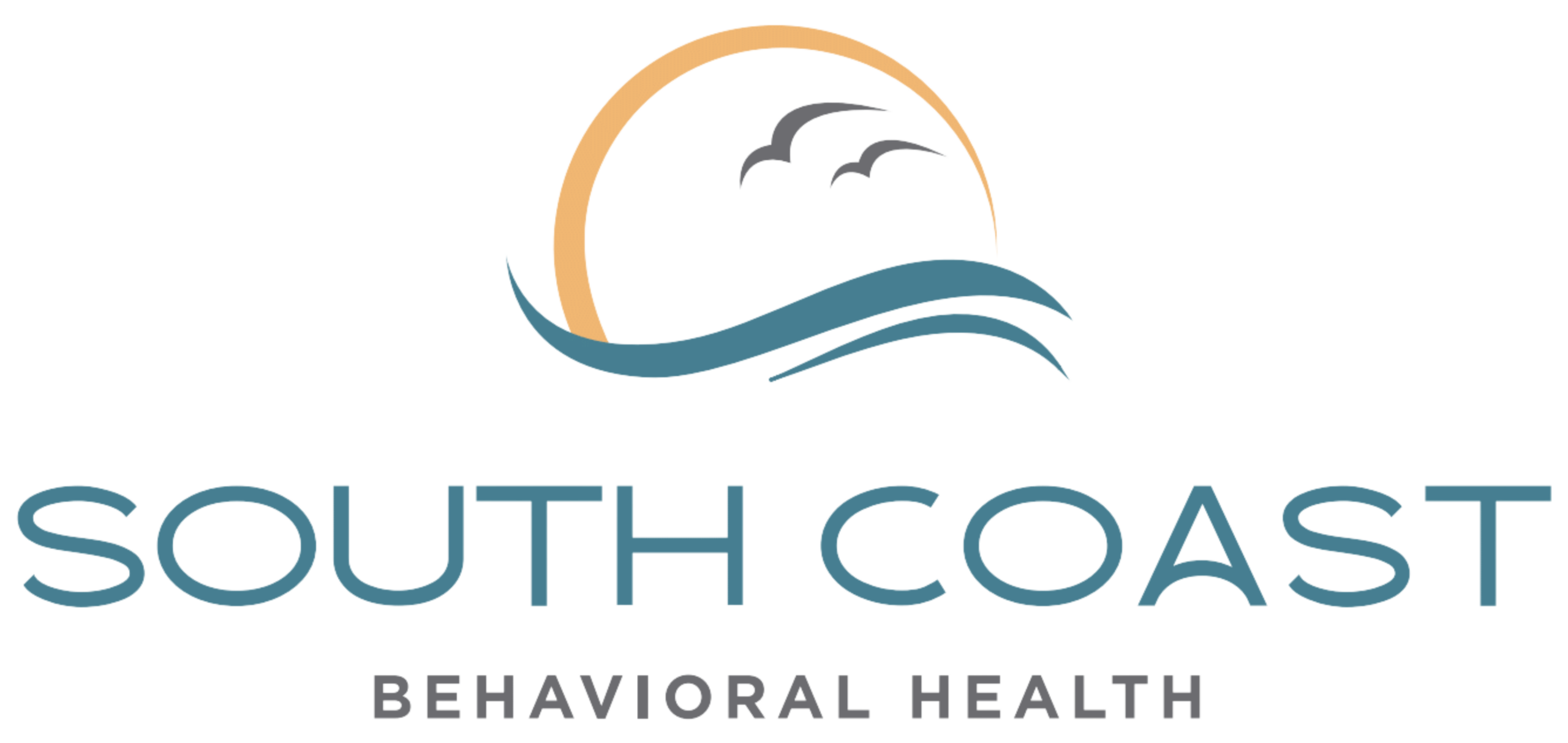A new drug has been gaining increased attention lately for being twenty times more potent than fentanyl. It’s called nitazenes, a class of synthetic opioids developed in the 1950s that is starting to enter illicit circulation. It’s being mixed into regular heroin and given to unsuspecting users. It can kill in just one use and it’s imperative to use Narcan to stop drug overdoses and overdose death from nitazenes.
In this article, we’ll explain what nitazenes are and how they are dangerous. If you or a loved one are abusing drugs with nitazenes, it’s time to seek opioid treatment.
What Are Nitazenes?
Nitazenes are a class of synthetic opioids. They are chemical compounds designed to mimic the effects of naturally occurring opiates like morphine and heroin. They are part of a broader group of drugs known as novel psychoactive substances (NPS). NPS are not controlled by international drug treaties, but they can be potent and dangerous.
Nitazenes were initially researched in the 1950s as potential painkillers but were not widely used or produced commercially due to their high potency and the risk of overdose. Nitazenes contain more than 20 unique compounds, including isotonitazene, which first emerged on the streets in 2019 under the name “ISO.”
The structure of nitazenes is characterized by a nitro group attached to an azepine ring, which distinguishes them from other opioids. This structural feature contributes to their high potency, as it affects how they bind to the opioid receptors in the brain.
Nitazenes are thought to be 10 to 40 times more potent than fentanyl and hundreds of times stronger than morphine. This raises serious concerns, given reports they’re contaminating the illicit drug supply. People may think they’re buying regular heroin and end up inadvertently overdosing.
Are Nitazenes Dangerous?
The introduction of nitazenes into the drug supply has further complicated the already dire opioid epidemic. Nitazenes pose an unprecedented threat because they are substantially more potent than fentanyl, which is already up to 50 times stronger than heroin.
Nitazenes come as a powder, counterfeit tablets, or liquids, and may be combined with other drugs like benzodiazepines, heroin, and fentanyl.
There is a strong risk of overdose when taking nitazenes. This can lead to life-threatening symptoms such as:
- Respiratory depression, where breathing becomes shallow or stops altogether, leading to hypoxia (oxygen deficiency) and potentially death
- Pinpoint pupils.
- Blue-colored lips or nails due to oxygen deprivation.
The risk of overdose is exacerbated by the diversity in the potency of nitazenes and the likelihood of encountering them in conjunction with other substances, which might unpredictably intensify their effects.
Looking for quality substance abuse treatment that’s also affordable? South Coast accepts most major insurance providers. Get a free insurance benefits check now.
Check Your CoverageAre Nitazenes Addictive?
Given how they act upon the mu-opioid receptor, like other synthetic opioids, nitazenes are indeed addictive.
The addictive potential of nitazenes, as with other opioids, is largely due to their ability to produce profound euphoria by acting on the brain’s reward system. When these drugs bind to opioid receptors, they can trigger the release of dopamine, a neurotransmitter associated with pleasure and reward. This release of dopamine reinforces the act of taking the drug, making the user want to repeat the experience.
Moreover, with repeated use, individuals can develop a tolerance to nitazenes, meaning they need to take higher doses to achieve the same effects, which can further deepen the addiction. Dependence can also develop, characterized by withdrawal symptoms when the drug use is reduced or stopped. These withdrawal symptoms can be quite severe, making it difficult for addicted individuals to quit.
What If I Need Nitazene Treatment?
If you or someone you know needs treatment for addiction to nitazenes or any other opioids, an opioid treatment program can help.
Here’s what to expect:
- Detoxification — Some treatment programs start with a medically supervised detoxification process to safely manage withdrawal symptoms from opioids. While detox on its own is not a complete treatment, it is an important first step for individuals with physical dependence.
- Medication-assisted Treatment — MAT is one of the most effective forms of opioid treatment. It involves the use of FDA-approved medications, such as methadone, buprenorphine, and naltrexone, to reduce withdrawal symptoms, decrease cravings, and lower the potential for misuse. These medications work by acting on the same opioid receptors in the brain as the addictive drug but in a more controlled and less harmful way.
- Counseling — Counseling and behavioral therapies are critical components of opioid addiction treatment. They can help individuals understand the root causes of their addiction, develop coping strategies to deal with cravings and triggers and address any co-occurring mental health disorders. Common approaches include cognitive-behavioral therapy (CBT), motivational interviewing, and contingency management.
Our opioid addiction treatment program at South Coast takes place along a full continuum of care, from detoxification to intensive outpatient treatment. We offer not only the best in evidence-based counseling, but also holistic programs, aftercare, and more.
Get confidential help from our addiction treatment specialists in Orange County. Call to join our rehab program today!
Call 866-881-1184Nitazene Treatment in Orange County, CA
If you or a loved one are seeking nitazene addiction treatment, South Coast Behavioral Health is here to help. The first step in treating addiction to nitazenes is a medical detox. This means using drugs to manage withdrawal symptoms.
Our medical detox program in California is staffed by caring and compassionate professionals who can provide you with medications to manage your withdrawal symptoms.
At South Coast, we take pride in offering care that is closely tailored to specific issues. To that end, we offer gender-specific detox programs, with medical detox for men in Irvine, CA, and medical detox for women in Huntington Beach, CA.
After detoxing, proper treatment can begin.
Treatment for substance abuse takes place along an entire spectrum of care. Along that entire spectrum are various behavioral therapies, support groups, and the use of medically-assisted treatment (MAT).
These levels of treatment are, in order, as follows:
Residential Treatment in California
After completing medical detox for nitazenes, you’ll receive inpatient treatment in Orange County California. There, you’ll receive medically-assisted treatment and dual diagnosis treatment to deal with any cravings or co-occurring mental health issues you may be battling.
We also offer residential treatment facilities in Costa Mesa, Irvine, and Huntington Beach for those who desire gender-specific treatment. There, patients get round-the-clock medical attention and monitoring while living at the institution full-time.
In addition to individual and group counseling and medication management, you’ll also have access to leisure activities and family support services.
Partial Hospitalization in California
Most clients start nitazenes abuse treatment with South Coast in our residential treatment program. After completing that, many desire something that still provides structure and support, but with extra space and time to oneself. For that, we offer Partial Hospitalization in Newport Beach.
A step down from inpatient care but with more structure than conventional outpatient programs, partial hospitalization offers a good balance for those looking to ease back into normal life. Clients can receive care five to seven days a week for several hours daily, returning to their homes in the evening.
This way, they can recover without putting their daily lives completely on hold, receiving intense therapeutic interventions like group and individual therapy, skill development, and medication management as necessary.
Intensive Outpatient Treatment in California
For those leaving inpatient residential treatment or partial hospitalization, intensive outpatient programs (IOP) are yet another gradual step forward on the road to recovery.
With a focus on group therapy, individual counseling, and education, clients undergoing Intensive Outpatient Treatment in Newport Beach can meet three to five days a week. Each session lasts three hours.
This level of care requires the least amount of attendance at a facility.
Start Today
If you or a loved one are struggling with addiction but wonder how long treatment takes or have other questions, call us at 866-881-1184 or contact us here. Our highly qualified staff will be happy to help give you an idea of what to expect from your addiction recovery timeline, verify your insurance, and assist with any other questions you may have.
























